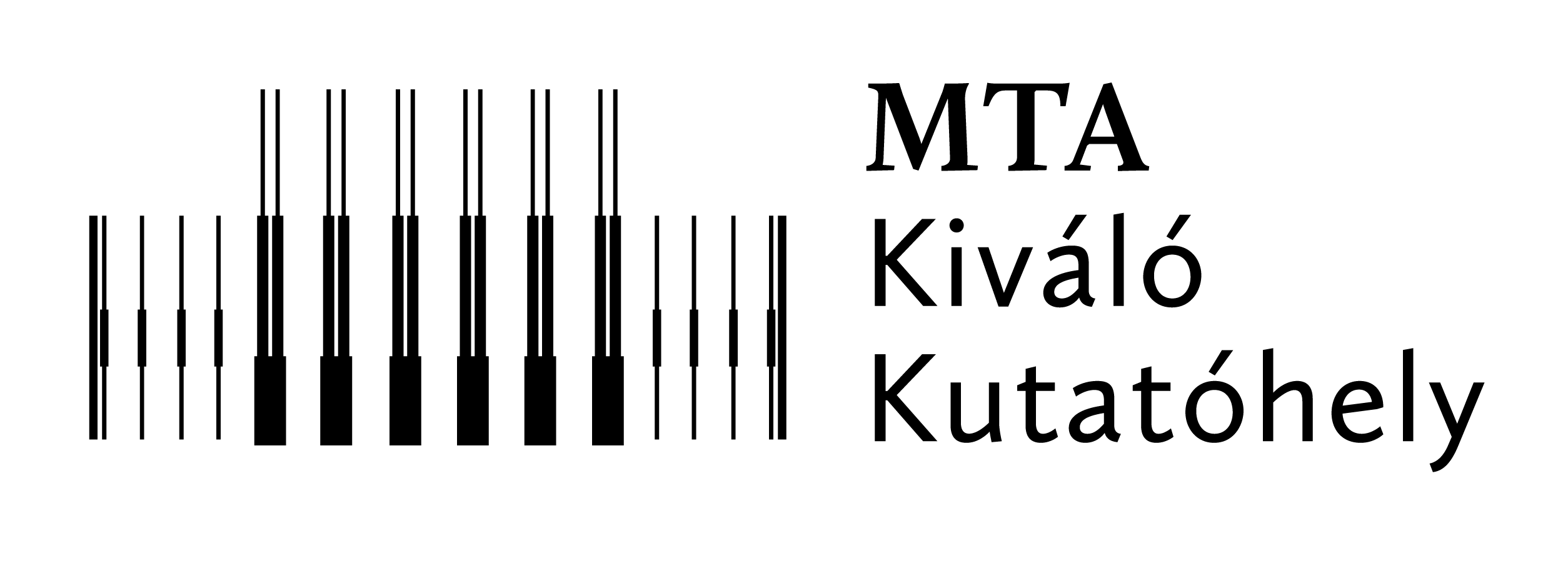Előadó: Anton Pershin (SZFI)
Előadás címe: Structural defects in materials as the sources of advanced technologies: a theoretical viewpoint
Dátum: Tuesday, 3 May 2022, 10:00,
Helyszín: Bldg 1, auditorium, online: https://wigner-hu.zoom.us/j/87511367074?pwd=dE96WUliSHdGTm9obk1uTGJKbUQ… Meeting ID: 875 1136 7074 Passcode: 790857
Összefoglaló:
Control over the formation of defects is vital for many emerging areas of physics, chemistry, and materials science, from electronics to catalysis. Although defects generally tend to deteriorate the properties of the host material, with a rational design, these impurities can play a key role in engineering desirable properties, such as a high conductivity via doping or in boosting catalytic activity, e.g. for water splitting. Some defects, also known as color centers, result in the formation of new states inside the band gap, constituting a platform for the practical implementation of quantum bits. This talk will focus on a theoretical description of spin defects in advanced materials to design devices with improved functionality. More specifically, it will be shown how to extend the coherence time of near-surface nitrogen-vacancy centers in diamond by varying the type of surface termination. Next, the role of vacancy defects in CoNiSe2 for the electrocatalytic water splitting will be discussed [1]. Furthermore, it will be demonstrated how Ni-doping improves the electric and optical properties of zinc oxide [2]. Finally, surprising effects from a coupling of organic molecules to spins localized in nanoparticles will be presented [3].
1. A. El Jaouhari et al., The Role of Selenium Vacancies in the Enhancement of Electrocatalytic Activity of CoNiSe2 for the Oxygen Evolution Reaction, Journal of Power Sources 514, 230596 (2021).
2. A. El Haimeur et al., Reducing P-Type Schottky Contact Barrier in Metal/ZnO Heterostructure through Ni-Doping, Applied Surface Science 545, 149023 (2021).
3. S. Han et al., Lanthanide-Doped Inorganic Nanoparticles Turn Molecular Triplet Excitons Bright, Nature 587, 7835 (2020).



